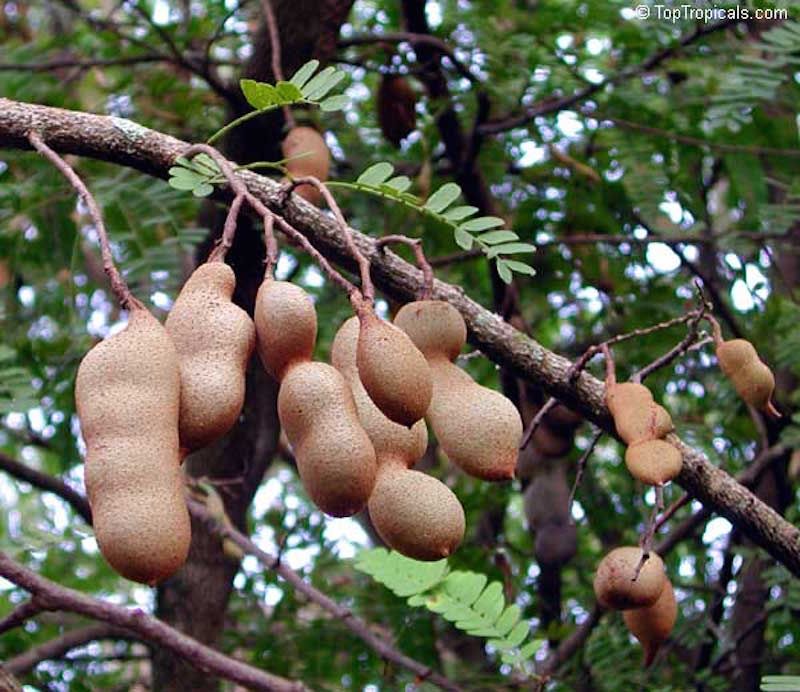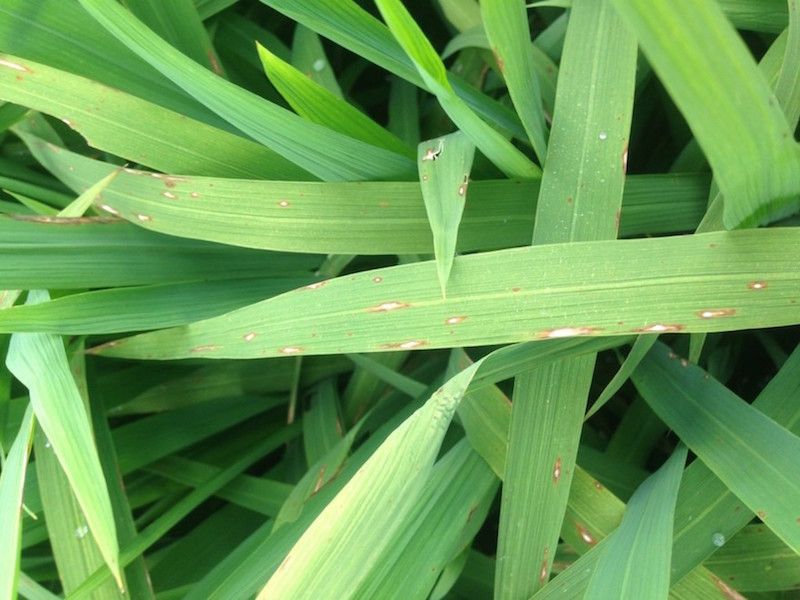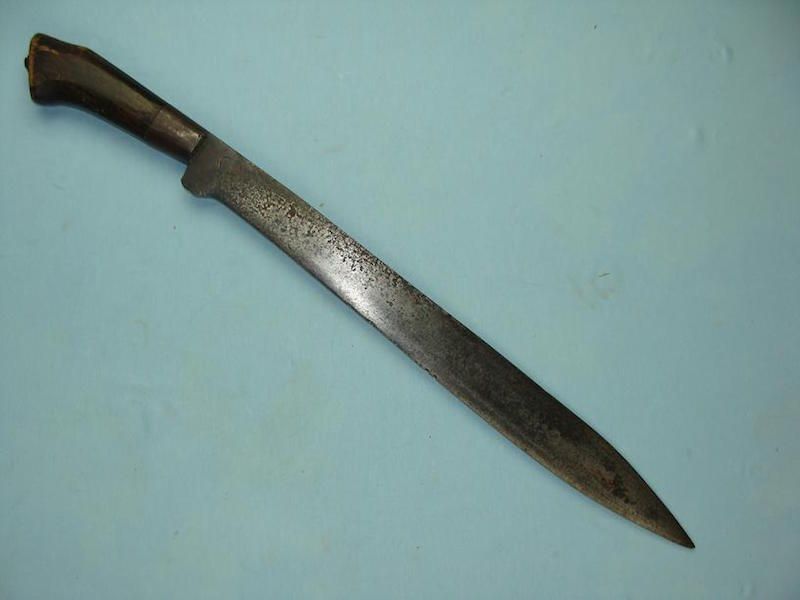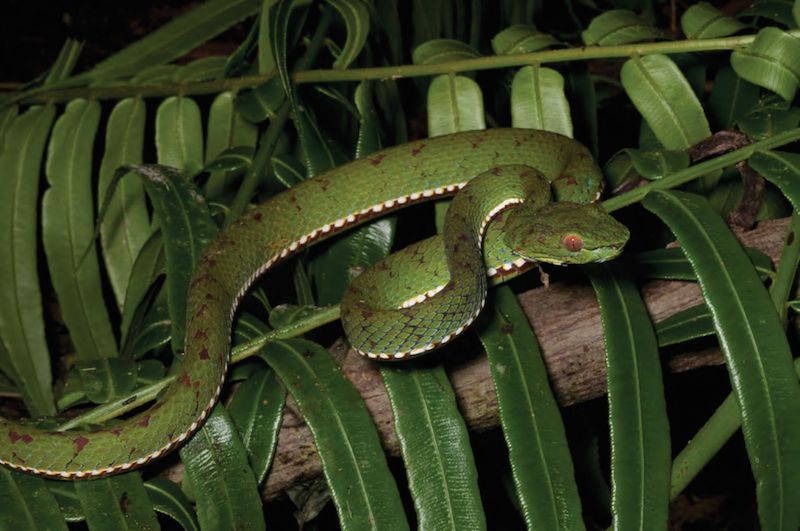Hello again Detlef:
I want to address the other two terms that you mentioned in an earlier post on this thread:
sinampalok and
dinahong palay.
Before commenting, I should say that my knowledge of Tagalog is rudimentary and rusty. I spent ten years going back and forth to the Philippines in the 90s and early 00s, and spoke much better Tagalog then.
The word
sinampalok appears to be derived from
sampalok which means "tamarind" (the pod of which is used to flavor the national soup of the Philippines,
sinigang). In Tagalog, if one wishes to say that something resembles something else, then one uses
in as an
infix (an infix being an insertion into the word, as compared to a suffix or prefix which would come after or before the word)--thus
sinampalok would mean "resembling tamarind." The question is what part of the tamarind tree or its fruit are we resembling? Because Filipinos are most taken by the fruit of the tamarind, which come as pods, it seems reasonable to think
sinampolok might mean "resembling a tamarind pod." Here is a picture of tamarind pods, but I'm not sure this nobbly elongated structure helps our discussion of swords


In the same manner,
dinahong palay would mean resembling a
dahong palay, and
dahong palay translates to "rice leaf." The leaf of the rice plant is a long slender leaf of fairly uniform width, a central vein, and tapering to a point. Clearly, this could describe a slender spear-shaped blade of a sword. Here are pictures of rice leaves and a sword/knife that might meet that description.


There is an alternative translation for
dahong palay that describes a certain type of venomous snake, most likely the green Philippines pit viper. This is a slim green snake with triangular head and also probably named for its resemblance to a rice leaf. Here is a picture of that snake.

What any of this might mean in relation to the swords you have shown is not very clear to me.
Lastly, with regard to what a Bicol knife might look like, we do have some pieces that have a town of manufacture stamped on them. The large belly, clipped blades from Iriga, Camarines Sur are a case in point and several are shown here
http://www.vikingsword.com/vb/showthread.php?t=15018
Cheers,
Ian.